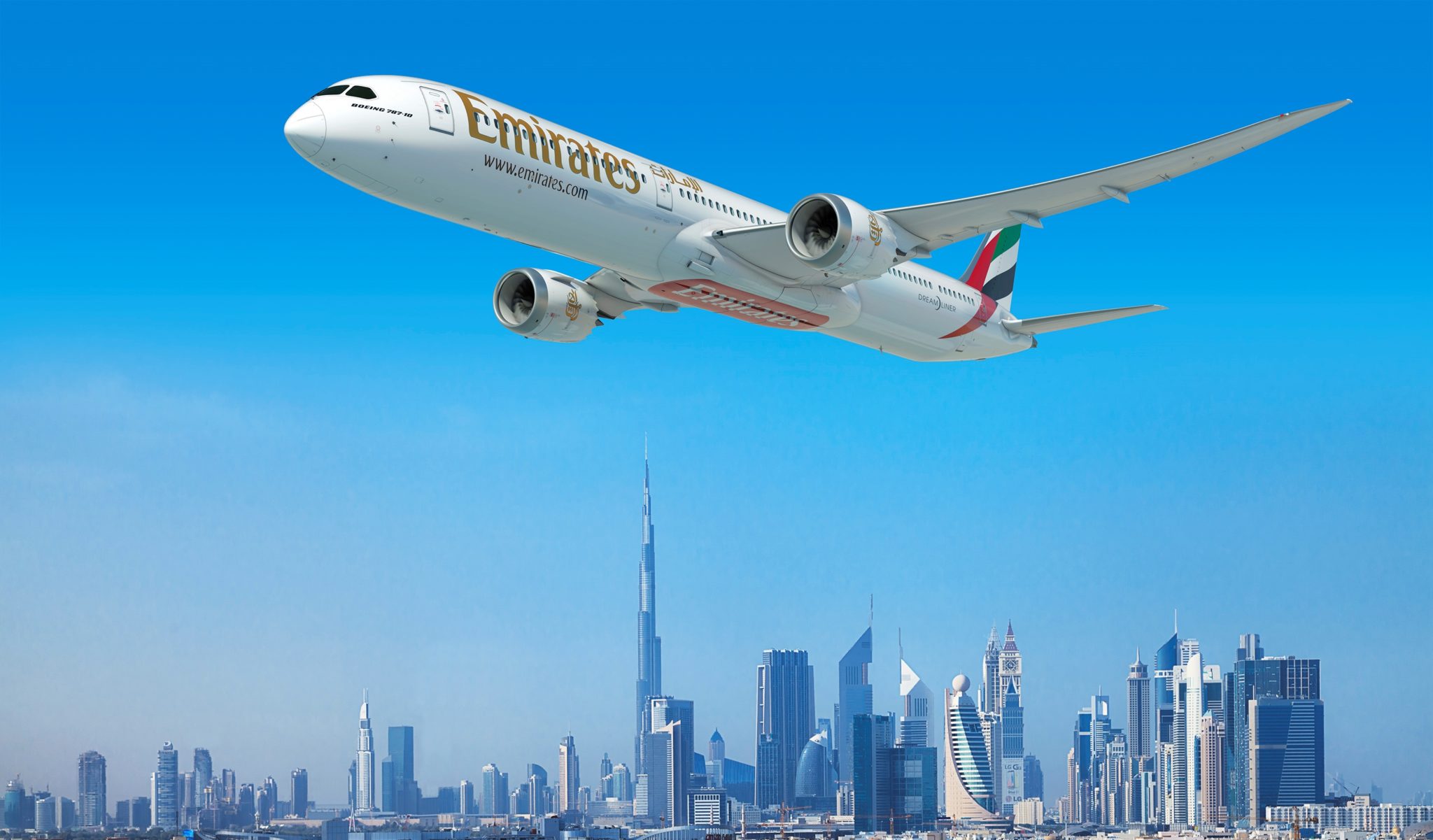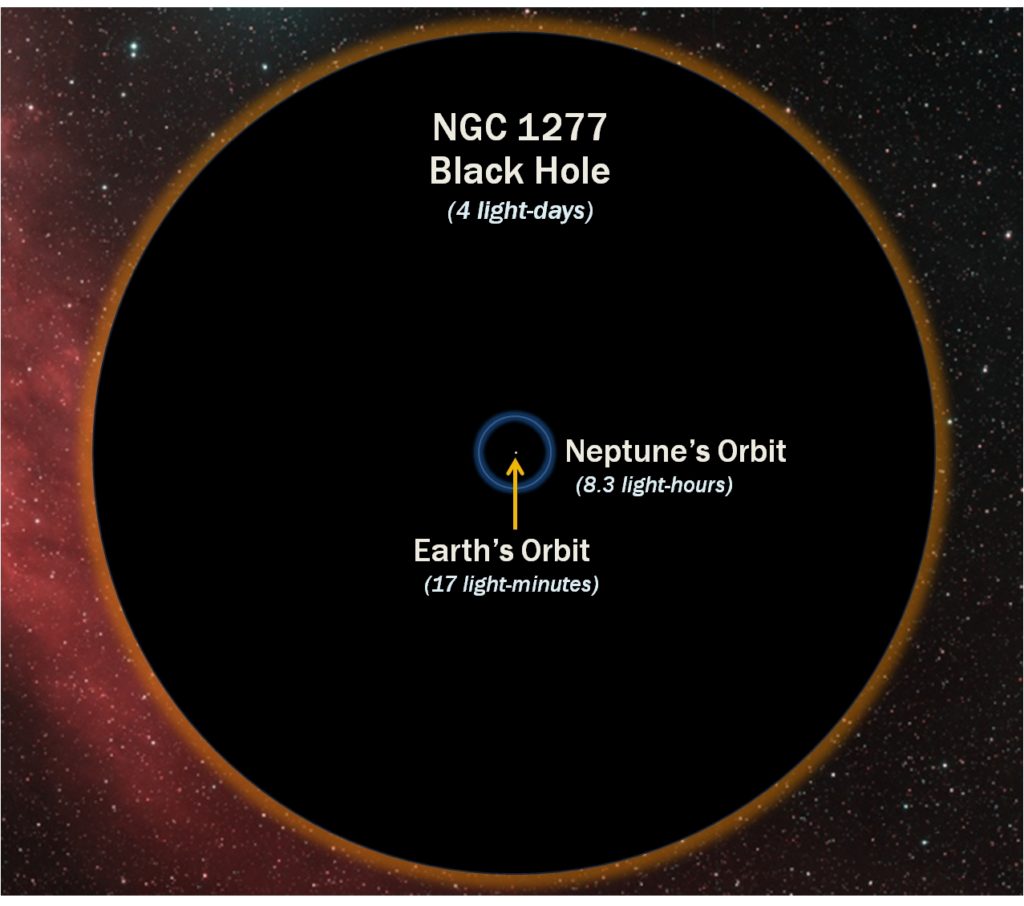By Bjorn Fehrm
November 15, 2017, © Leeham Co.: Emirates Airlines (Emirates) has finally decided which aircraft shall complement their long-range Boeing 777 and Airbus A380. The decision coming at this year’s Dubai Air Show was more surprising than the choice, Boeing’s 787-10.
We have already written about
the Emirates selection. Now we go through in more detail, why the choice should surprise no-one.

Boeing’s 787-10 compared to Airbus’ A350-900
Many write that the choice was about a medium-range aircraft versus a long-range model. This is part of the answer but it’s not the whole answer. The full answer is more involved. It’s equally about a more tightly packaged aircraft versus a more spacious one.
We will go through the key differences that decided which aircraft was the most suitable for Emirates need. In a second article tomorrow, we will quantify each difference and show how key choices for the aircraft series, many which had little to do with medium versus long range, finally add up to the differences in performance and economics that swung the choice.
Fuselage
At the base for the difference between the aircraft stands the choice of fuselage cross section. The fuselage cross-section decides the width of the cabin, but it also sets the weight and drag of the fuselage.
The weight of an airliner’s fuselage is dictated by the outer surface area of the fuselage. The reason is aircraft fuselages are “stressed skin” constructions since World War 2. “Stressed skin” construction means the fuselage skin carries the loads, stiffened to not buckle by vertical frames and horizontal longerons (the longitudinal profiles attached to the skin, also called stringers).
Weight
Aircraft certification rules result in, fuselages designed with the same technology and the same dimensions, end up weighing the same.
This means: more fuselage surface area, more weight.
If we now return to the 787-10 compared with the A350-900, we have a difference in fuselage dimensions. The 787-fuselage width is 5.77m with 5.97m height. The A350 fuselage has the dimensions 5.96m wide and 6.09m high.
This means the surface area of the 787 fuselage is 2.5% less for each unit length of the fuselage. One would think it would stay with this difference if both fuselages are of equal cabin length. It doesn’t.
If your fuselage diameter is larger, your nose and tail areas grow. For aerodynamic reasons you only taper your nose and tail at a certain rate. Larger diameter, therefore, means longer nose and tail. And this means more fuselage surface area. Airbus is now proposing to use the A350’s longer tail to house further cabin items.
Drag
Now onto the drag of the fuselage. A larger diameter fuselage has a higher drag. It’s not the drag that comes first to mind, the frontal area or pressure drag (which is insignificant for a modern airliner).
The dominant drag of an airliner at cruise is skin friction drag. Skin friction drag comes from the air rubbing the aircraft’s skin. So, more fuselage skin, more drag.
Observe that we have not yet talked about medium or long range. We just discuss the consequences of the A350 cabin being wider and therefore more comfortable for economy passengers. It results in differences, which are significant.
The rest of the aircraft
We now continue with the other components of the aircraft. If your fuselage weighs more, you need a larger wing and stronger engines for the same operational performance. A larger wing and engines, in turn, demands larger tail surfaces (with the same length fuselage).
The end effect is, the aircraft with the more spacious fuselage will, for the same passenger capacity, have a higher empty weight and higher drag.
This is true when everything else is equal. One could argue it’s not between the 787 and A350.
If we exclude the range difference, I would argue things are equal. The 787 and A350 are very similar in their build techniques.
Over my years of analyzing aircraft, I can find no difference between aircraft because one uses barrel based carbon composite fuselage sections and the other panel based sections.
And there seems to be a minimal operational difference between the more electrical system architecture of the 787 versus the conventional system architecture of the A350.
The builds of the wings are also similar. Both have high aspect ratio composite wings (their aspect ratios are within 1% of each other) with wing shape tailoring at cruise via movable spoilers/flaps. And both employ Fly-By-Wire load alleviation.
The differences from the fuselage packaging are by a wide margin more important than the differences in composite build or other techniques for the aircraft.
Medium range versus Long range
Up to this point, we have not discussed the consequences of designing an aircraft for medium range (we call 6,400nm medium range in this discussion) and another long range.
The difference is, the longer-range aircraft needs to take off with more fuel on board. So, if the aircraft carry the same payload, we have a higher empty weight (to hold the heavier fuel load) and higher Take-Off Weight (TOW, = empty weight + payload + fuel).
To get the higher TOW in the air on the same field length, the longer-range aircraft needs a larger wing and stronger engines.
In summary, the 8,000nm A350 has a larger fuselage, wing and engines. This all creates higher drag and therefore fuel burn when flying the same payload over a route.
It comes partly from the A350 being a longer range aircraft, but also from the A350 being less densely packaged.
Economic consequences
The consequences of a heavier and larger aircraft are not only a higher fuel burn.
Fuel was historically the dominant cost, the most important one when choosing aircraft. It’s still an important factor, but the importance is now shared with equal size crew and fee costs (fees paid to countries and airports for their air transport services).
Crew cost differences between aircraft like the 787 and A350 at equal size cabins, is dominated by the flight crew costs. For aircraft with equal capacity, maximum weight and range, flight crew costs are the same within an airline. If an aircraft type is more capable in any of these capacities, it means the flight crew is paid a higher wage.
Airport and airway use fees are based on the size of the aircraft. The parameter used to determine aircraft size is the Maximum Take-Off Weight (MTOW). A larger and longer-range aircraft will cost more in fees, as its MTOW will be higher.
The final part of the Cash Operational Costs (COC, meaning we exclude the capital costs of the aircraft) is the maintenance costs. Both the 787 and A350 are modern composite aircraft. Their airframe maintenance programs, and therefore costs, are similar.
The difference in aircraft size and capabilities means different size engines. The 787-10 engine Take-Off thrust is 76klbf versus 84klbf for the A350. The engine mass of the Rolls-Royce Trent XWB on the A350 is 2.3t higher than the Trent 1000 for the 787. Higher thrust and larger engines mean higher engine maintenance costs.
Summary
Emirates President Tim Clark said this week: “The Boeing 787-10 aircraft is the best choice for Emirates, it’s a good eight-hour aircraft.”
An eight-hour mission has a flying distance of 3,800nm. This is well below the advertised maximum range of the 787-10 (6,400nm) and certainly below the 8,000nm of the A350-900. The -900 can be “paper de-rated” to get the MTOW the same as the 787-10. But then the range is below the 787-10, at 5,900nm.
The costs being reduced are the flight crew costs, the fees and the engine maintenance costs (due to lower stress from lighter take-offs). But the fuel burn differences don’t change.
If Emirates are looking for the best eight-hour aircraft, the Boeing 787-10 is the best choice.




